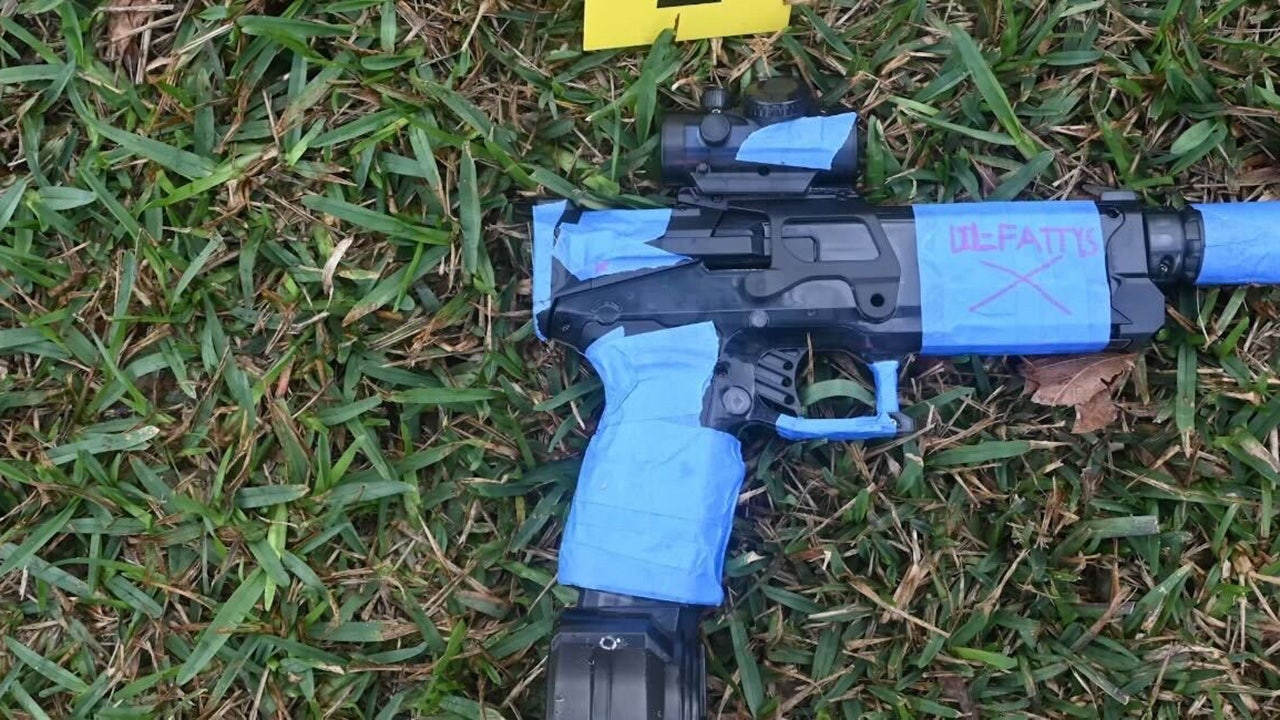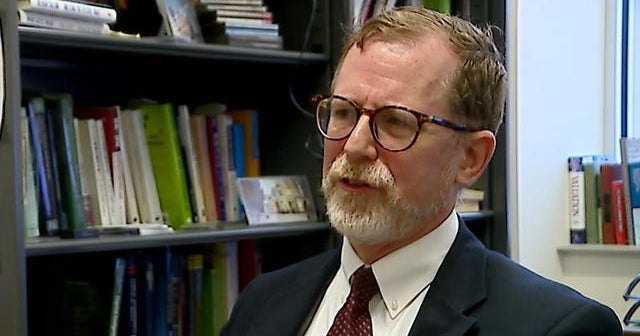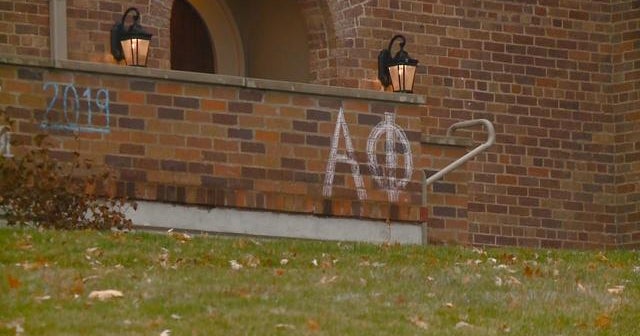Dangerous Trends: The High-Stakes Game of Senior Assassin Claims Its First Victim
In a chilling turn of events, a beloved high school tradition known as “Senior Assassin” has escalated into a perilous game that recently resulted in a student’s shooting. This alarming incident has sent shockwaves through communities, prompting parents, educators, and mental health experts to sound the alarm about the implications of such risky activities among teenagers. As the dust settles on this tragic event, it’s crucial to examine the nature of this game, its potential dangers, and the broader societal trends that have allowed such a high-stakes contest to thrive.
Understanding Senior Assassin
Senior Assassin is a game that has gained popularity in high schools across the United States. Typically, this event is organized among graduating seniors, where participants are assigned “targets” to “eliminate” using water guns or other non-lethal means. The objective is to tag out opponents while avoiding being tagged oneself, creating a competitive and often chaotic environment. While intended as a fun rite of passage, the game has increasingly morphed into a dangerous trend.
The allure of Senior Assassin lies in its competitive nature and the thrill of the chase. However, the line between playful competition and reckless behavior can blur, leading to serious consequences. In recent years, some variations of the game have involved the use of real weapons, alcohol, and other dangerous substances, transforming what was once a harmless pastime into a high-stakes gamble.
The Incident That Changed Everything
Recently, a tragic incident occurred during a Senior Assassin game that has left a community mourning and searching for answers. A student was shot, an event that shattered the illusion of safety and fun surrounding this tradition. As investigations unfold, details surrounding the shooting have revealed that participants were not only engaged in the game but had also involved firearms, leading to a devastating outcome.
This incident has raised pressing questions about the responsibility of schools, parents, and students in overseeing and participating in such games. How can a harmless tradition devolve into violence? What measures can be taken to prevent similar tragedies in the future?
Parental Concerns and Responsibilities
As news of the shooting spread, parents across the nation began to voice their concerns about the dangers associated with Senior Assassin and similar games. Many parents are now questioning the wisdom of allowing their children to participate in such activities. Their worries stem from a broader recognition of the pressures teenagers face, including social media influences, peer pressure, and the desire to fit in.
To address these concerns, parents must engage in open conversations with their children about safety and the potential consequences of their actions. Here are a few strategies parents can adopt:
- Education: Teach teens about the importance of making safe choices and understanding the risks associated with certain activities.
- Involvement: Stay informed about school traditions and events, and participate in discussions with school officials about safety measures.
- Encouragement: Support alternative, safer traditions that promote camaraderie without the inherent risks.
School Policies and Preventive Measures
In light of the recent tragedy, schools must also take a proactive stance in addressing the risks associated with Senior Assassin. Educational institutions should consider implementing clear policies regarding student-led games and activities. Here are some potential measures:
- Guidelines: Establish clear rules for student-organized games, outlining acceptable behaviors and consequences for violations.
- Awareness Programs: Create educational programs to inform students about the dangers of using weapons, drugs, and alcohol.
- Monitoring: Increase supervision during school events to ensure students adhere to safety guidelines.
Expert Insights on Teen Behavior
Experts in adolescent psychology emphasize the significance of understanding the behaviors and motivations behind risky activities among teens. Teenage years are often characterized by a desire for independence and a quest for identity, which can lead to engaging in high-risk behaviors. According to Dr. Emily Johnson, a psychologist specializing in adolescent behavior, “Teens are inherently drawn to risk-taking as a way to assert their autonomy, but it’s crucial for them to understand the consequences of their actions.”
Dr. Johnson suggests that fostering a supportive environment where teenagers feel safe discussing their thoughts and feelings can mitigate the allure of dangerous trends like Senior Assassin. She advocates for mentorship programs that connect students with older peers or adults who can provide guidance and perspective.
Looking Ahead: Alternatives to Dangerous Trends
In the wake of this incident, communities are rallying together to propose safer alternatives to Senior Assassin. Schools and parents can collaborate to create traditions that build camaraderie without the associated risks. Some ideas include:
- Community Service Projects: Organize events where students can give back to their community, fostering teamwork and a sense of accomplishment.
- Sports Tournaments: Host friendly competitions that encourage physical activity and teamwork without the element of danger.
- Creative Arts Festivals: Celebrate student talents through art, music, and drama, providing a platform for expression and connection.
Conclusion
The tragic shooting that occurred during a Senior Assassin game serves as a stark reminder of the potential dangers lurking behind seemingly innocent traditions. As communities reflect on this incident, it’s essential to prioritize the safety and well-being of our youth. By fostering open communication, establishing clear guidelines, and promoting safer alternatives, we can help prevent such tragedies in the future. Ultimately, it’s our collective responsibility to ensure that high school traditions celebrate life and connection, rather than putting our students at risk in a high-stakes game.
See more TED Talks World



